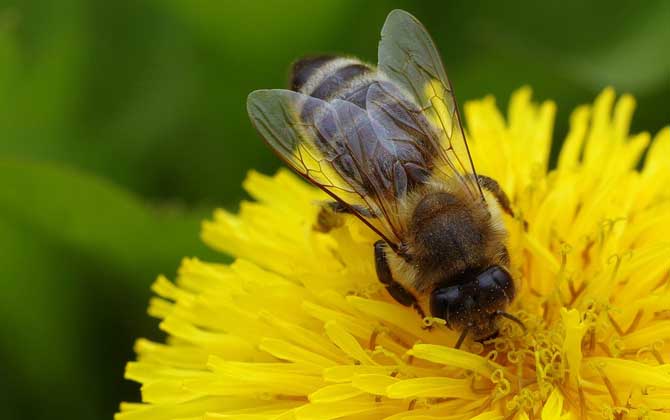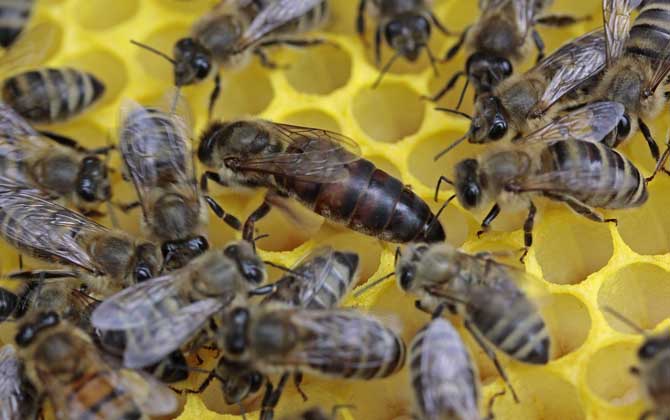Bee knowledge
What is the relationship between worker bees and queen bees?
Worker bees are the largest number of bee species in the swarm. The main role in the swarm is to work. In fact, worker bees can be regarded as consumables in the swarm. Worker bees are dying every day but new workers are constantly being replenished. This keeps the number of worker bees in a relatively balanced position. Let ’s take a look at the relationship between worker bees and queen bees!
1, What is the difference between worker bees and queen bees?
Worker bees and queen bees are actually developed from fertilized eggs. The difference is that royal queen eats royal jelly for life. Worker bees can only eat royal jelly three days before the larval stage, and then they can only eat common foods such as pollen and nectar. Royal jelly promotes the reproductive system development of bees. There is no clear explanation on how it works. The royal jelly has been able to eat royal jelly, so the reproductive organs can be fully developed. However, worker bees can only eat royal jelly for 3 days, so the reproductive organs are not fully developed, which ultimately leads to such a marked difference between the queen bee and the worker bee.
2, What is the relationship between worker bees and queen bees?
The relationship between worker bees and queen bees is biologically possible. One is mutual benefit symbiosis. What is mutual benefit symbiosis? In simple terms, it refers to the close and mutually beneficial relationship formed between two different organisms. For example, clownfish and anemone, but the requirement for mutual benefit and symbiosis must be two different creatures. This is obviously not suitable for judging the relationship between worker bees and queen bees. The second is intra-species mutual assistance. In simple terms, it means that the individuals or populations of the same species cooperate to maintain survival during the life process, so the relationship between worker bees and queen bees should be intra-species mutual assistance.




